In Canada, The Nest is a three-dimensional puzzle redefining remote living
On a wooded site on the country’s West Coast, this prefabricated retreat designed by Daria Sheina Studio is a nurturing space for low-impact living
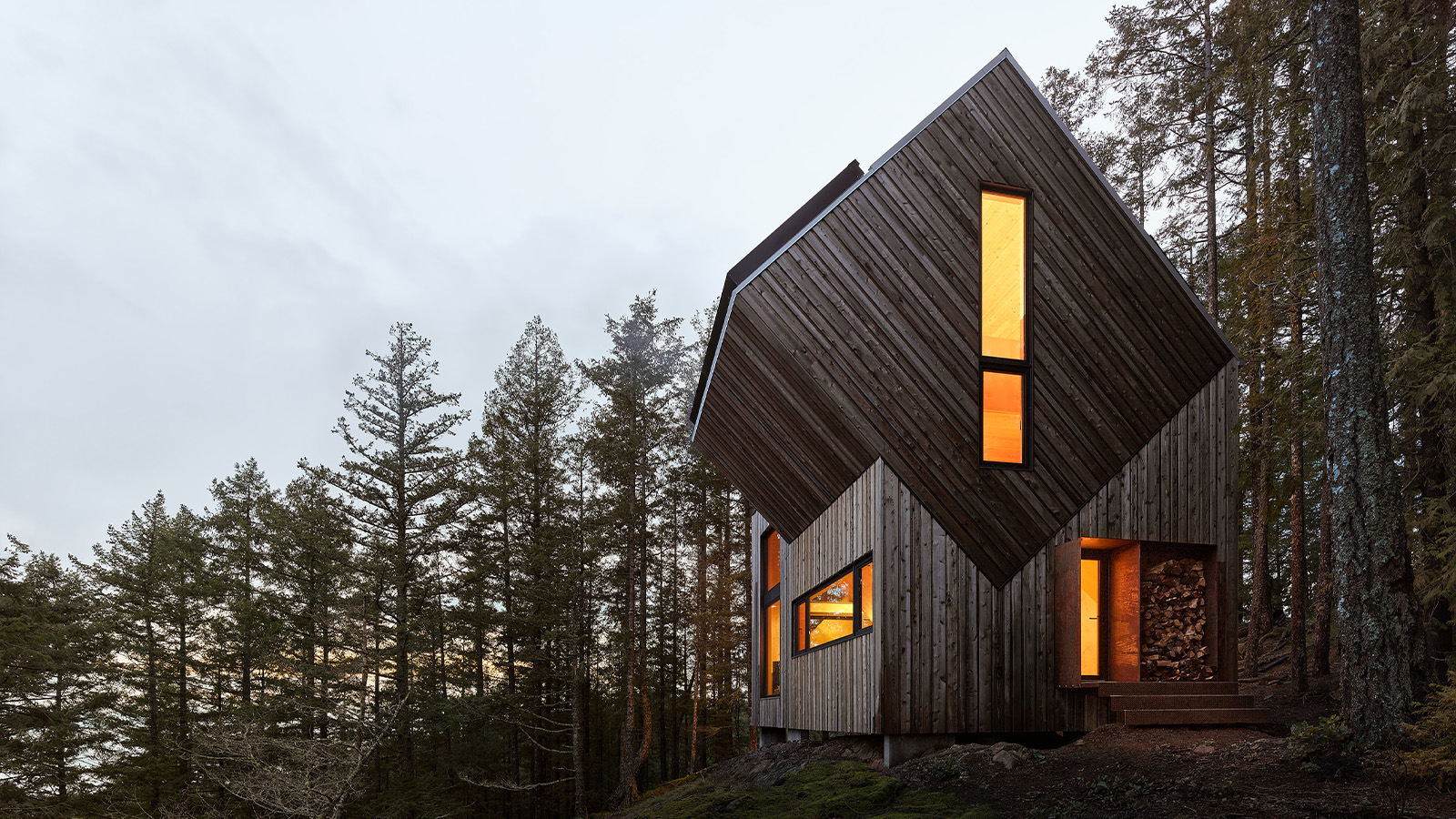
Keats Island is a remote getaway spot near Vancouver, Canada, where visitors can enjoy the beauty of the marine park and coastal forests. There are just 50 full-time residents, the tiny population only adding to the location's calming charm. Perched on the island’s highest elevation is The Nest, designed by Daria Sheina Studio. From this rare, tucked-away location, the boutique off-grid retreat offers low-impact living, at one with its Pacific Northwest surroundings.
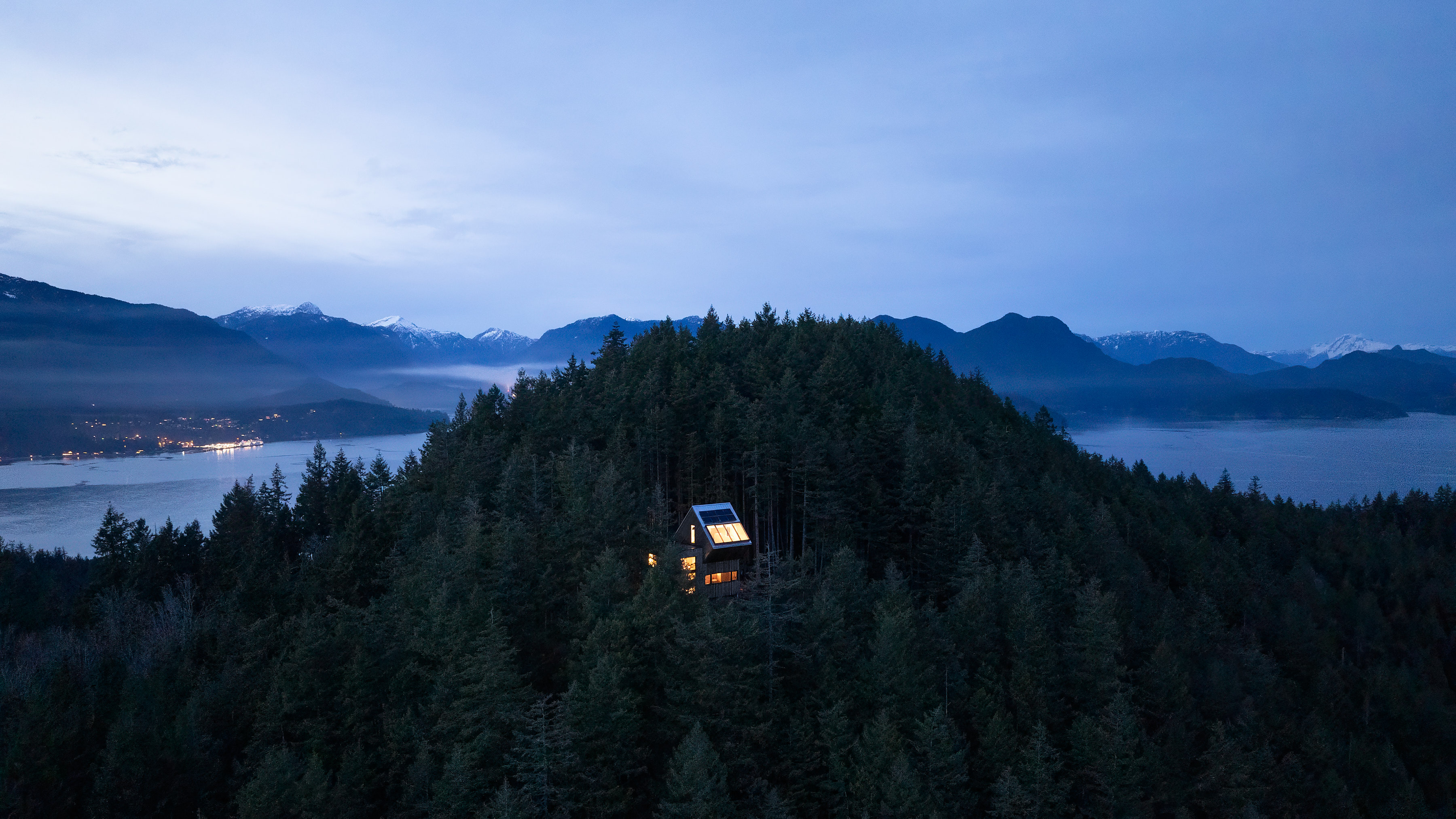
Inside The Nest, a remote living retreat
‘The island and site context had a profound influence from the very beginning,’ says Daria Sheina, founder of the design firm. ‘The serenity of the highest elevation, with breathtaking views of Howe Sound ( a smaller body of water), offered a unique luxury: the feeling of having the entire island to yourself. The site’s rugged topography, moss-covered bedrock, and dense evergreen canopy called for a design rooted in reverence and thoughtful integration.

‘When the clients proposed the name The Nest, it immediately resonated. It evoked a sense of shelter, intimacy, and belonging – all qualities we wanted the design to embody. We explored the nest not just as a metaphor, but as a spatial idea: shaped by circular movement and a deep connection to place. The result is an elegant interplay of two rotated geometric volumes, forming a compact yet sophisticated three-level living experience.’
The prefabricated residence is tucked within a dense evergreen canopy. Its design looks compact, yet inside it feels expansive, offering a three-level living experience.
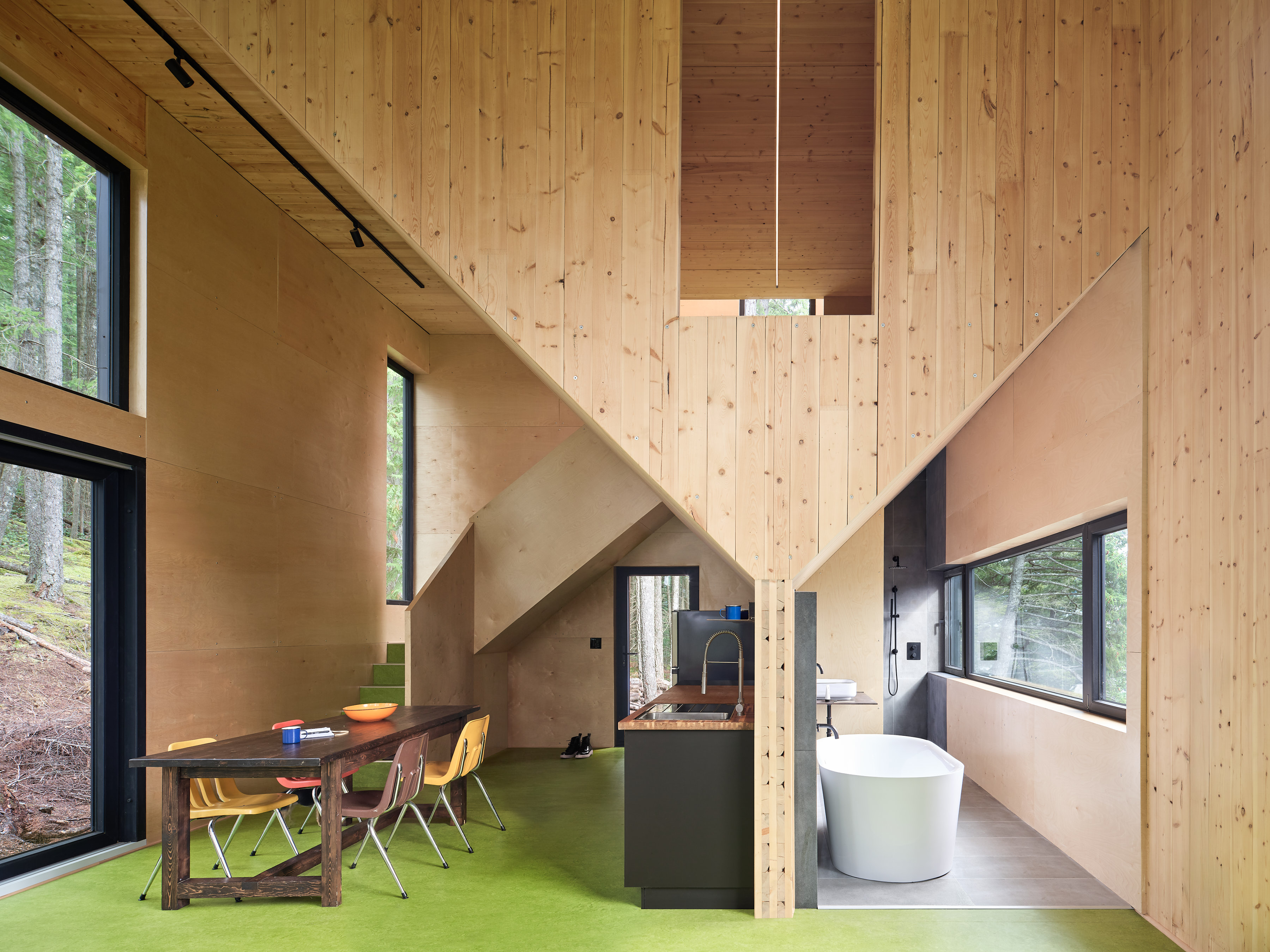
‘Logistics, without a doubt, were the biggest challenge.’ Sheina tells Wallpaper*. ‘The island is only accessible by water taxi or foot-passenger ferry, and the building site has no direct vehicle access. Every design and construction decision had to anticipate and overcome that constraint.
‘Prefabrication was key. In collaboration with BC Passive House, we ensured all building components were precisely sized and weighted for transport. They travelled by truck and barge, then were helicoptered into place. It was like solving a three-dimensional puzzle – a balance of design intent and logistical complexity.’ Remarkably, the building was installed in just two days.
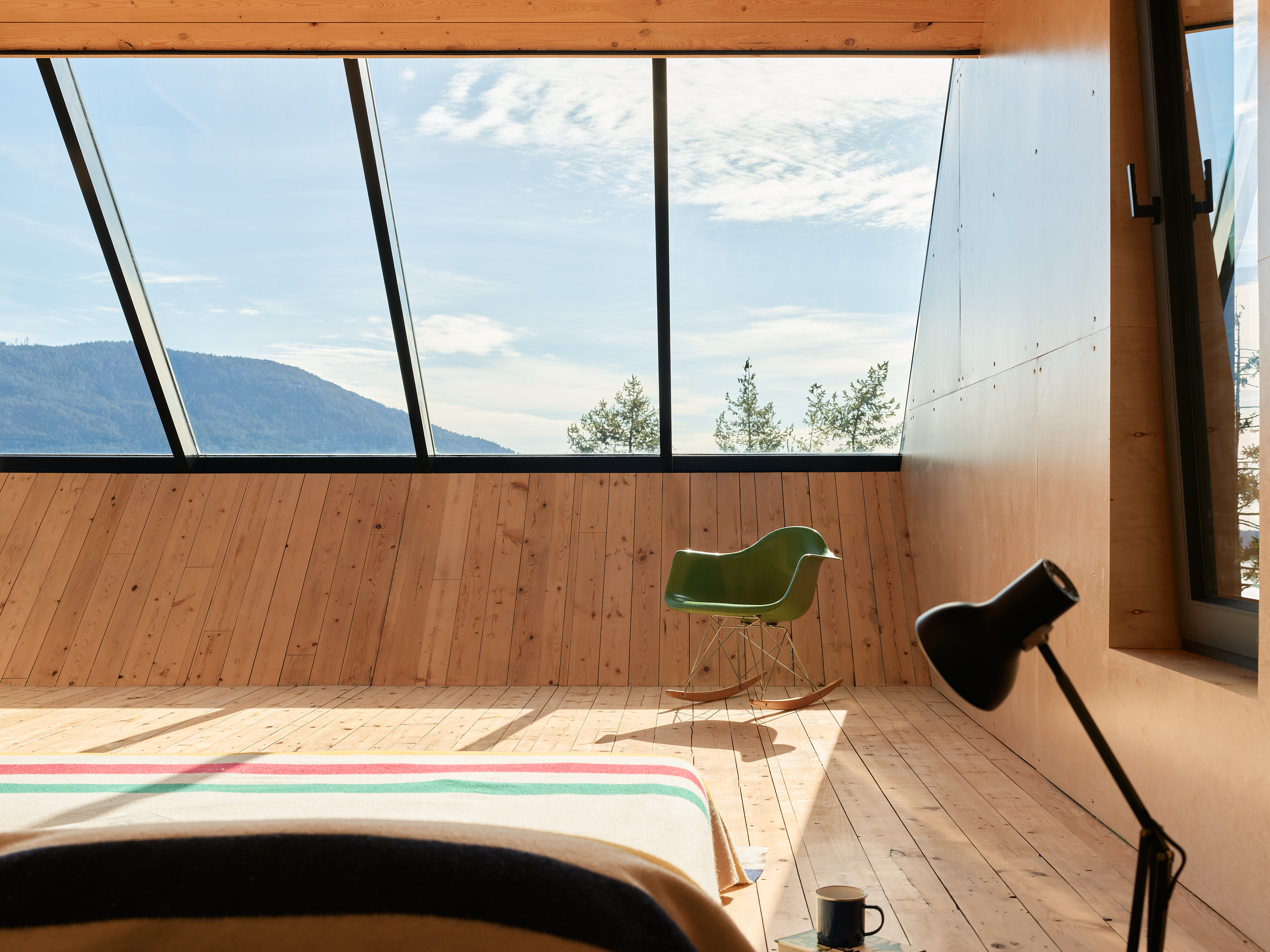
Given its natural context, sustainability needed to be at the core of the project. The residence runs entirely on solar power, and features a rainwater collection and filtration system. The Nest is clad in Western red cedar, ensuring the volumes will age gracefully and further blend into the surrounding forest with time.
Receive our daily digest of inspiration, escapism and design stories from around the world direct to your inbox.
The interiors are minimalist, with exposed wood surfaces and green Marmoleum flooring, chosen to reflect the outside environment. When visitors enter the space, Sheina wanted to evoke a sense of contemplation and connection to the landscape, with a touch of surprise. ‘The Nest is designed to restore and inspire, inviting visitors to slow down, reflect, and enjoy the moment.’
Tianna Williams is Wallpaper’s staff writer. When she isn’t writing extensively across varying content pillars, ranging from design and architecture to travel and art, she also helps put together the daily newsletter. She enjoys speaking to emerging artists, designers and architects, writing about gorgeously designed houses and restaurants, and day-dreaming about her next travel destination.
-
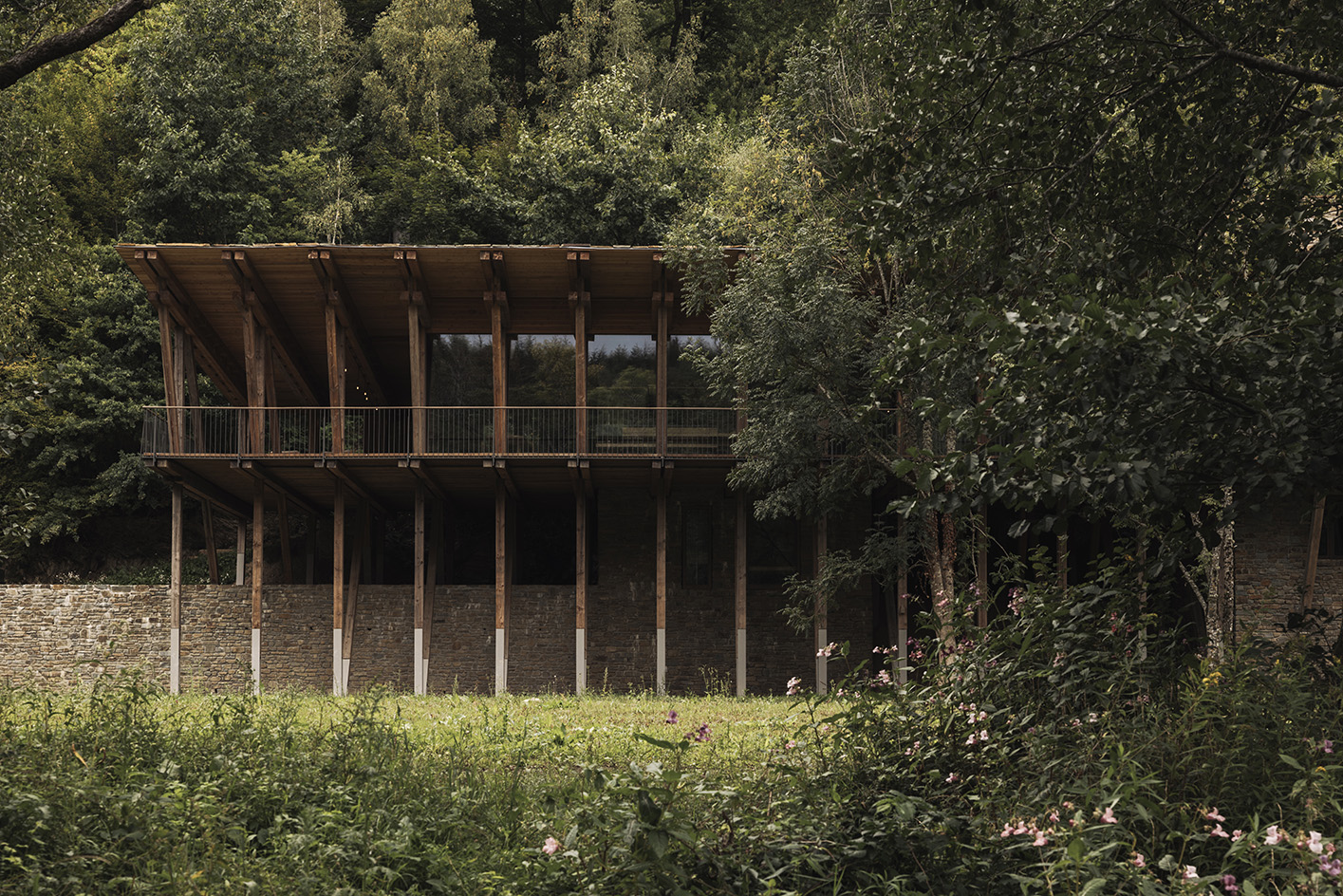 Woodstock House reinterprets modernist legacy through 21st-century sustainability
Woodstock House reinterprets modernist legacy through 21st-century sustainabilityLocally sourced materials and high design ambition merge in the newest residential work by Belgium’s BC Architects & Studies & Materials
-
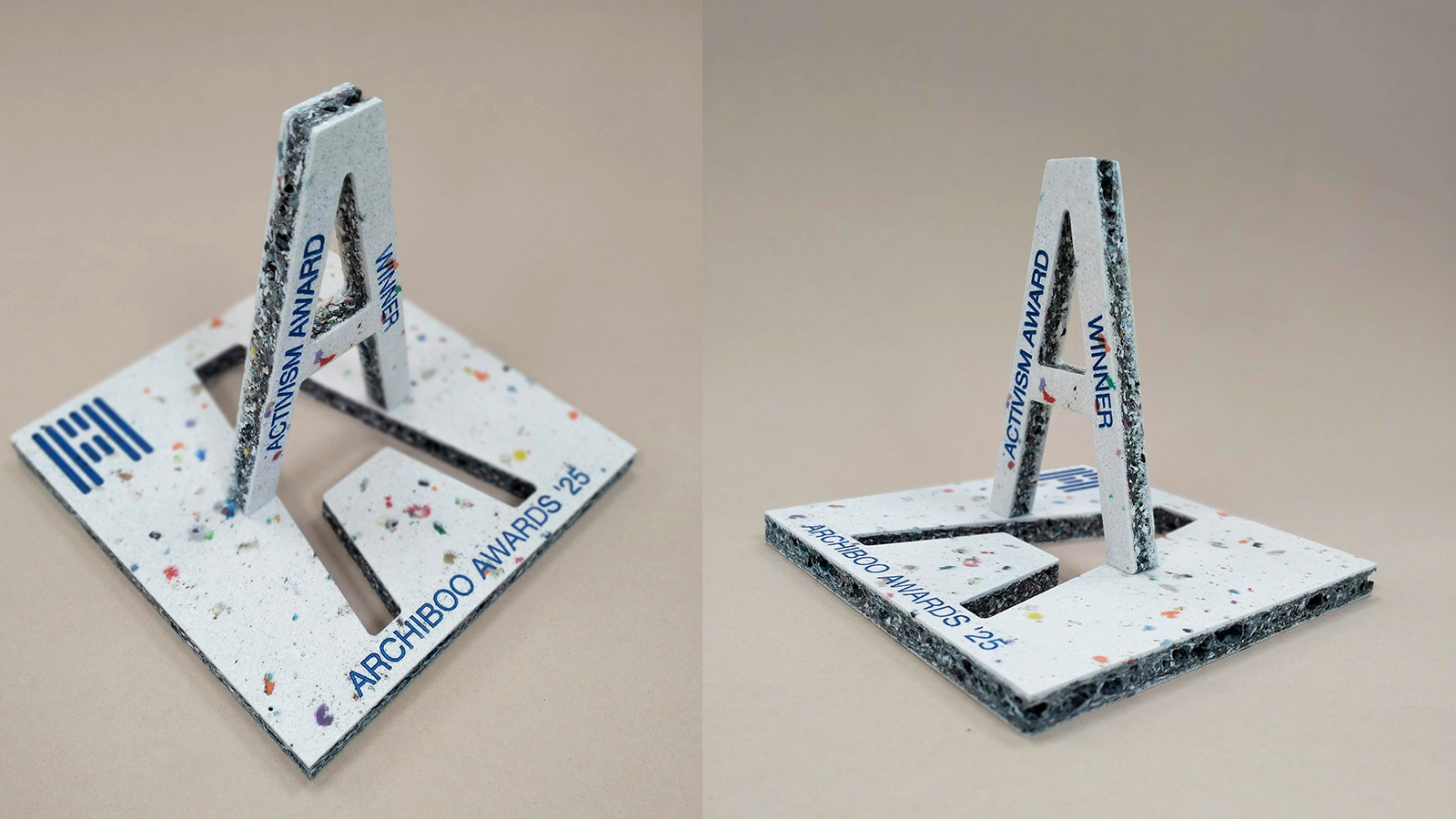 Archiboo Awards 2025 revealed, including prizes for architecture activism and use of AI
Archiboo Awards 2025 revealed, including prizes for architecture activism and use of AIArchiboo Awards 2025 are announced, highlighting Narrative Practice as winners of the Activism in architecture category this year, among several other accolades
-
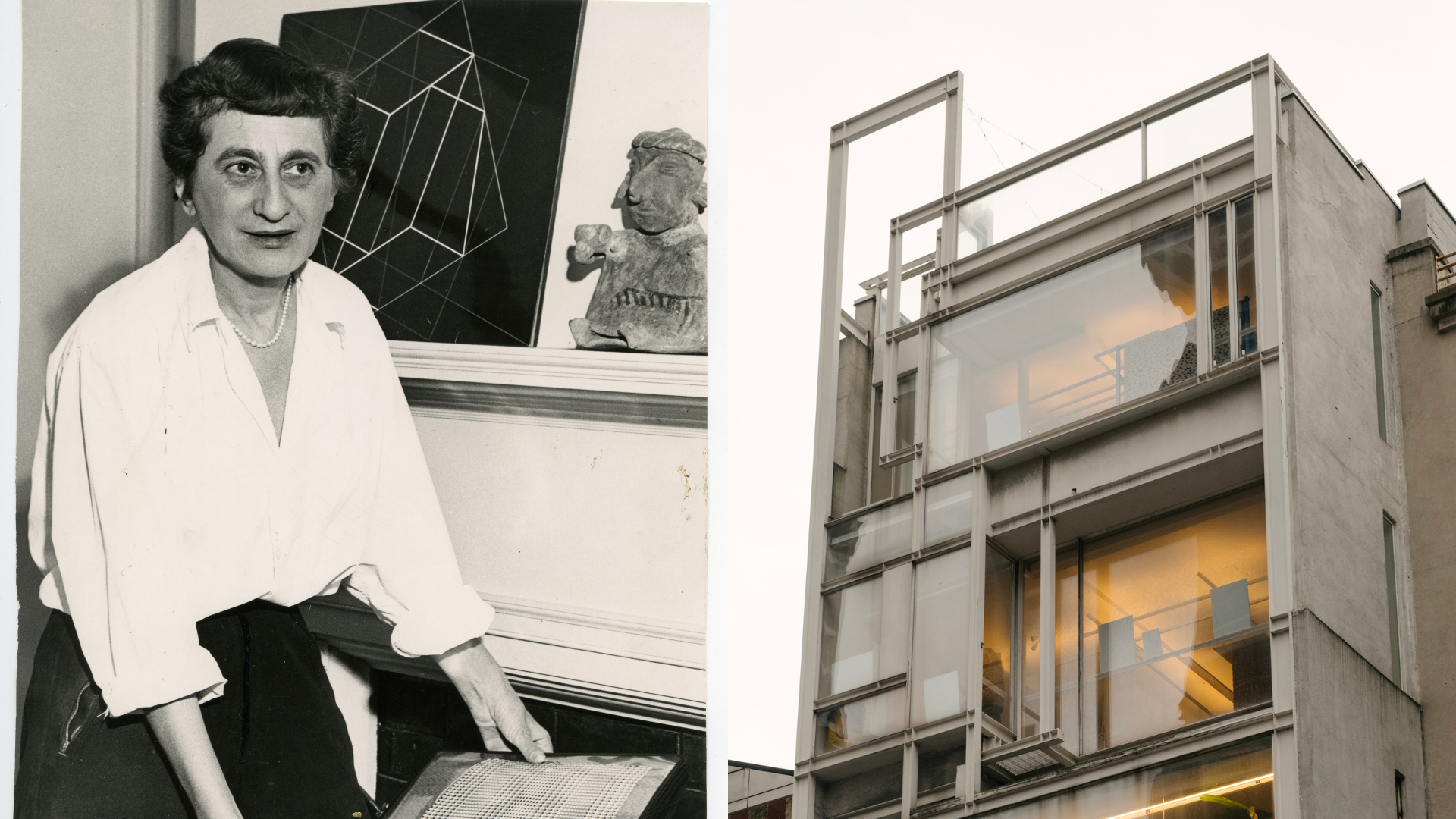 Paul Rudolph's home served as a gigantic 'loom' for an exhibition of Anni Albers textiles
Paul Rudolph's home served as a gigantic 'loom' for an exhibition of Anni Albers textilesItalian textile brand Dedar presented its Weaving Anni Albers collection at the legendary architect’s experimental Modulightor building in New York last week
-
 The Architecture Edit: Wallpaper’s houses of the month
The Architecture Edit: Wallpaper’s houses of the monthFrom Malibu beach pads to cosy cabins blanketed in snow, Wallpaper* has featured some incredible homes this month. We profile our favourites below
-
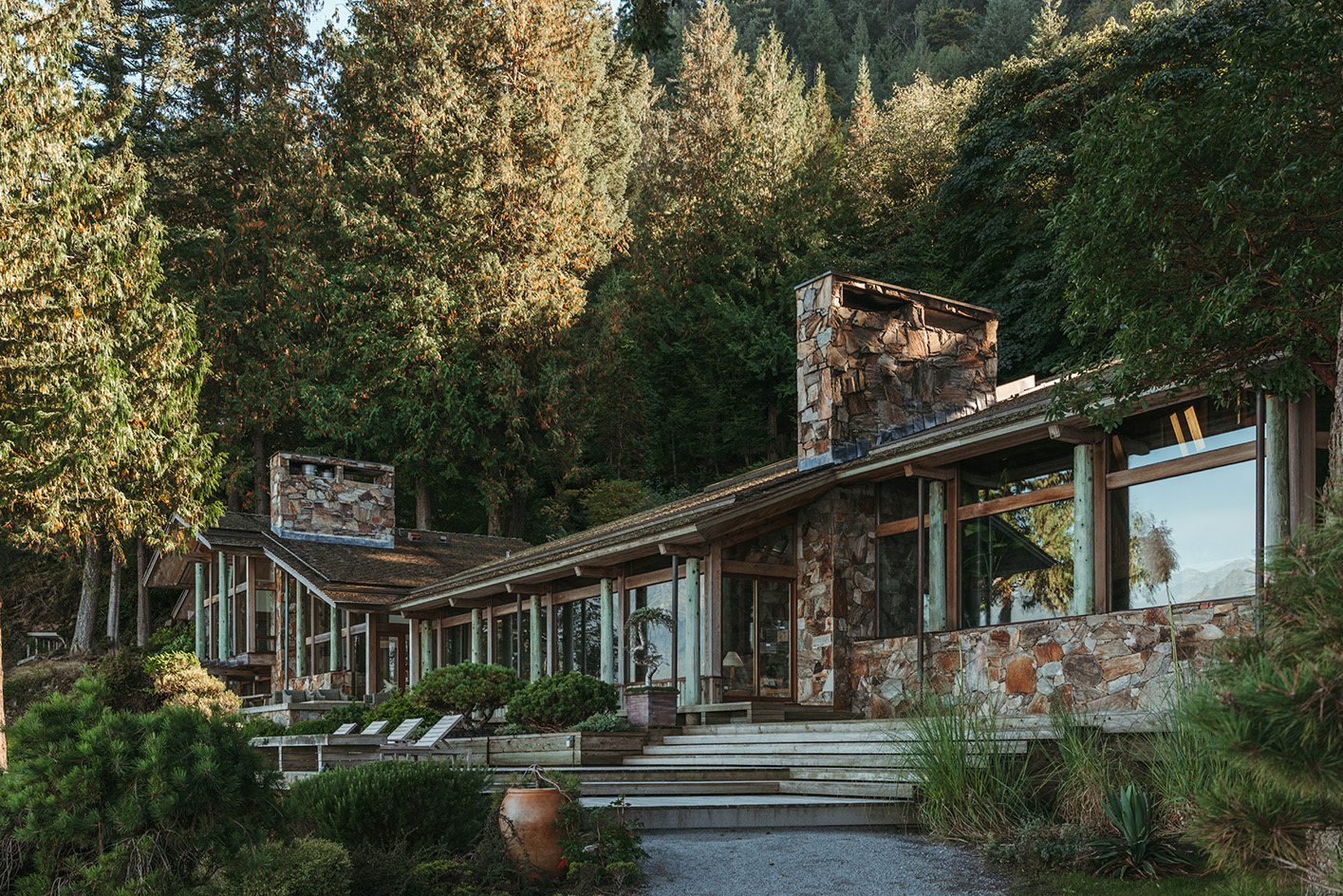 Explore the riches of Morse House, the Canadian modernist gem on the market
Explore the riches of Morse House, the Canadian modernist gem on the marketMorse House, designed by Thompson, Berwick & Pratt Architects in 1982 on Vancouver's Bowen Island, is on the market – might you be the new custodian of its modernist legacy?
-
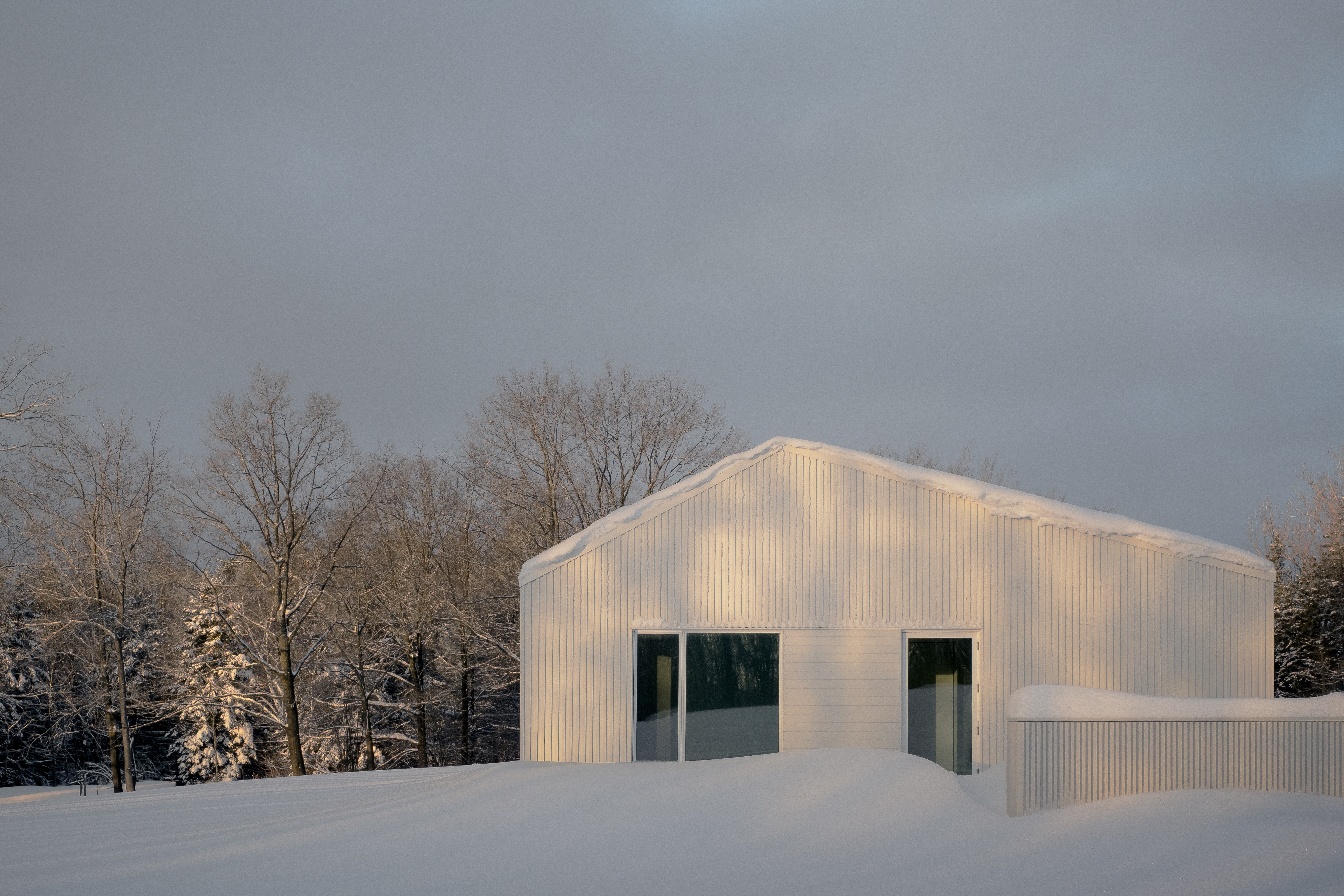 Cosy-up in a snowy Canadian cabin inspired by utilitarian farmhouses
Cosy-up in a snowy Canadian cabin inspired by utilitarian farmhousesInspired by local farmhouses, Canadian cabin Timbertop is a minimalist shelter overlooking the woodland home of wild deer, porcupines and turkeys
-
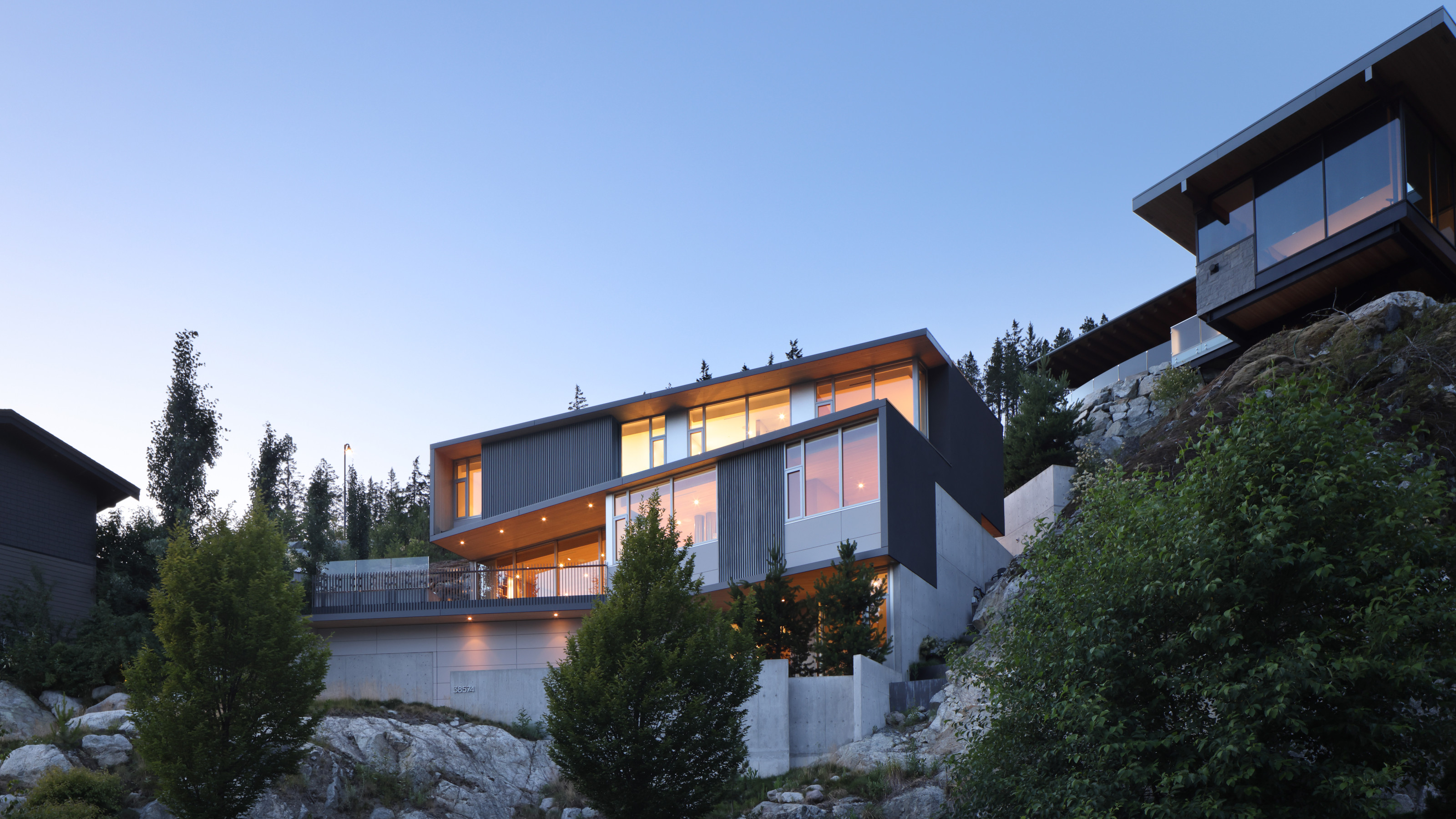 Buy yourself a Sanctuary, a serene house above the British Columbia landscape
Buy yourself a Sanctuary, a serene house above the British Columbia landscapeThe Sanctuary was designed by BattersbyHowat for clients who wanted a contemporary home that was also a retreat into nature. Now it’s on the market via West Coast Modern
-
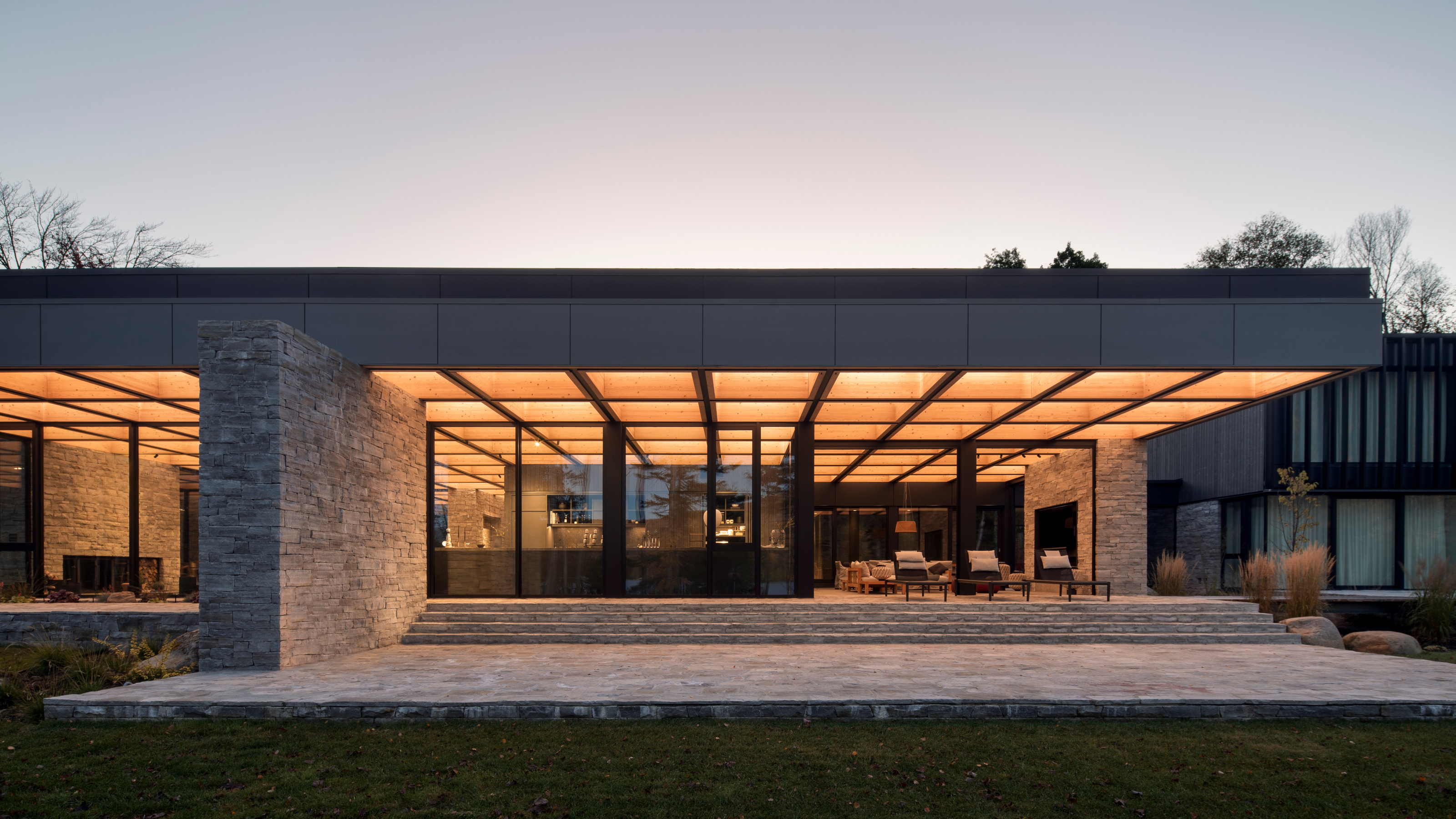 La Maison de la Baie de l’Ours melds modernism into the shores of a Québécois lake
La Maison de la Baie de l’Ours melds modernism into the shores of a Québécois lakeACDF Architecture’s grand family retreat in Quebec offers a series of flowing living spaces and private bedrooms beneath a monumental wooden roof
-
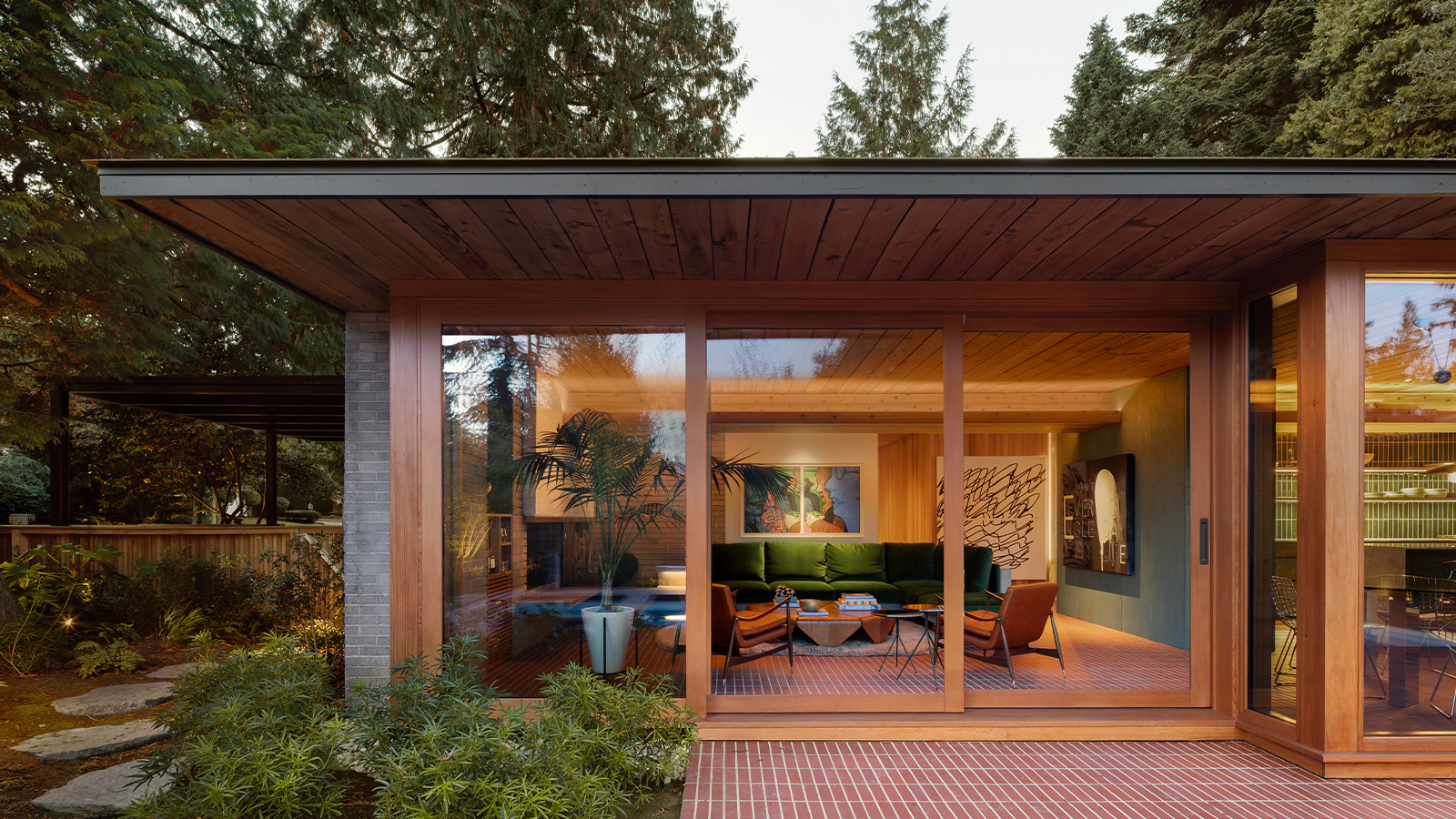 Peel back maple branches to reveal this cosy midcentury Vancouver gem
Peel back maple branches to reveal this cosy midcentury Vancouver gemOsler House, a midcentury Vancouver home, has been refreshed by Scott & Scott Architects, who wanted to pay tribute to the building's 20th-century modernist roots
-
 A spectacular waterside house in Canada results from a radical overhaul
A spectacular waterside house in Canada results from a radical overhaulSplyce Design’s Shoreline House occupies an idyllic site in British Columbia. Refurbished and updated, the structure has been transformed into a waterside retreat
-
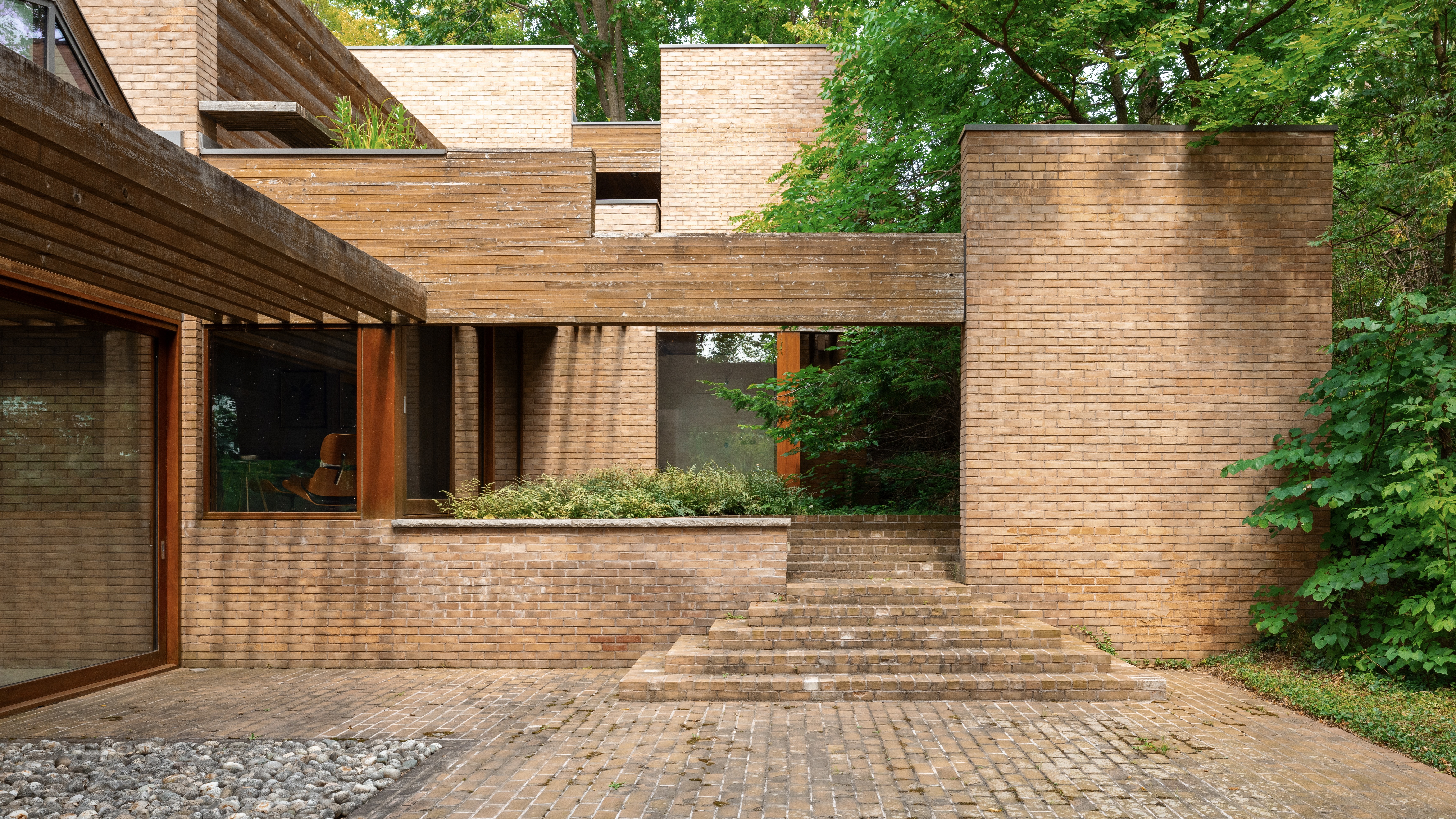 Hilborn House, one of Arthur Erickson’s few residential projects, is now on the market
Hilborn House, one of Arthur Erickson’s few residential projects, is now on the marketThe home, first sketched on an envelope at Montreal Airport, feels like a museum of modernist shapes, natural materials and indoor-outdoor living